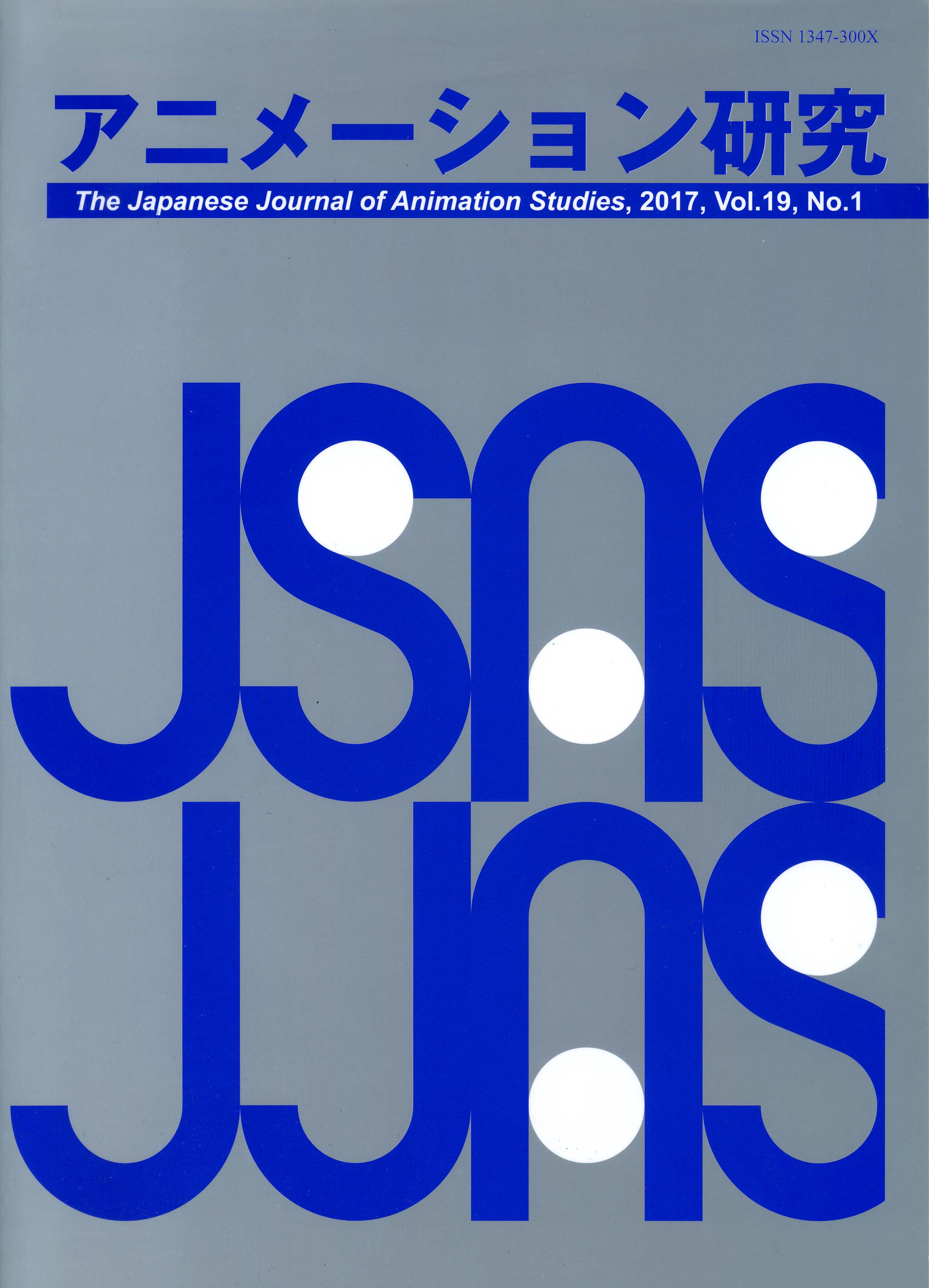Volume 22, Issue 1
Displaying 1-15 of 15 articles from this issue
- |<
- <
- 1
- >
- >|
-
2022 Volume 22 Issue 1 Pages 1
Published: March 31, 2022
Released on J-STAGE: February 01, 2023
Download PDF (248K)
Articles
-
2022 Volume 22 Issue 1 Pages 3-14
Published: March 31, 2022
Released on J-STAGE: February 01, 2023
Download PDF (1019K) -
2022 Volume 22 Issue 1 Pages 15-29
Published: March 31, 2022
Released on J-STAGE: February 01, 2023
Download PDF (981K) -
2022 Volume 22 Issue 1 Pages 31-41
Published: March 31, 2022
Released on J-STAGE: February 01, 2023
Download PDF (1454K) -
2022 Volume 22 Issue 1 Pages 43-54
Published: March 31, 2022
Released on J-STAGE: February 01, 2023
Download PDF (412K)
Academic Award Memorial Lecture Article
-
2022 Volume 22 Issue 1 Pages 55-63
Published: March 31, 2022
Released on J-STAGE: February 01, 2023
Download PDF (458K)
Reviews
-
2022 Volume 22 Issue 1 Pages 65-66
Published: March 31, 2022
Released on J-STAGE: February 01, 2023
Download PDF (329K) -
2022 Volume 22 Issue 1 Pages 67-68
Published: March 31, 2022
Released on J-STAGE: February 01, 2023
Download PDF (285K) -
2022 Volume 22 Issue 1 Pages 69-71
Published: March 31, 2022
Released on J-STAGE: February 01, 2023
Download PDF (314K) -
2022 Volume 22 Issue 1 Pages 73-76
Published: March 31, 2022
Released on J-STAGE: February 01, 2023
Download PDF (346K)
Reports
-
2022 Volume 22 Issue 1 Pages 77-81
Published: March 31, 2022
Released on J-STAGE: February 01, 2023
Download PDF (2333K) -
2022 Volume 22 Issue 1 Pages 83-85
Published: March 31, 2022
Released on J-STAGE: February 01, 2023
Download PDF (344K) -
2022 Volume 22 Issue 1 Pages 87-90
Published: March 31, 2022
Released on J-STAGE: February 01, 2023
Download PDF (450K)
-
2022 Volume 22 Issue 1 Pages 91
Published: March 31, 2022
Released on J-STAGE: February 01, 2023
Download PDF (164K) -
2022 Volume 22 Issue 1 Pages 98
Published: March 31, 2022
Released on J-STAGE: February 01, 2023
Download PDF (347K)
- |<
- <
- 1
- >
- >|
